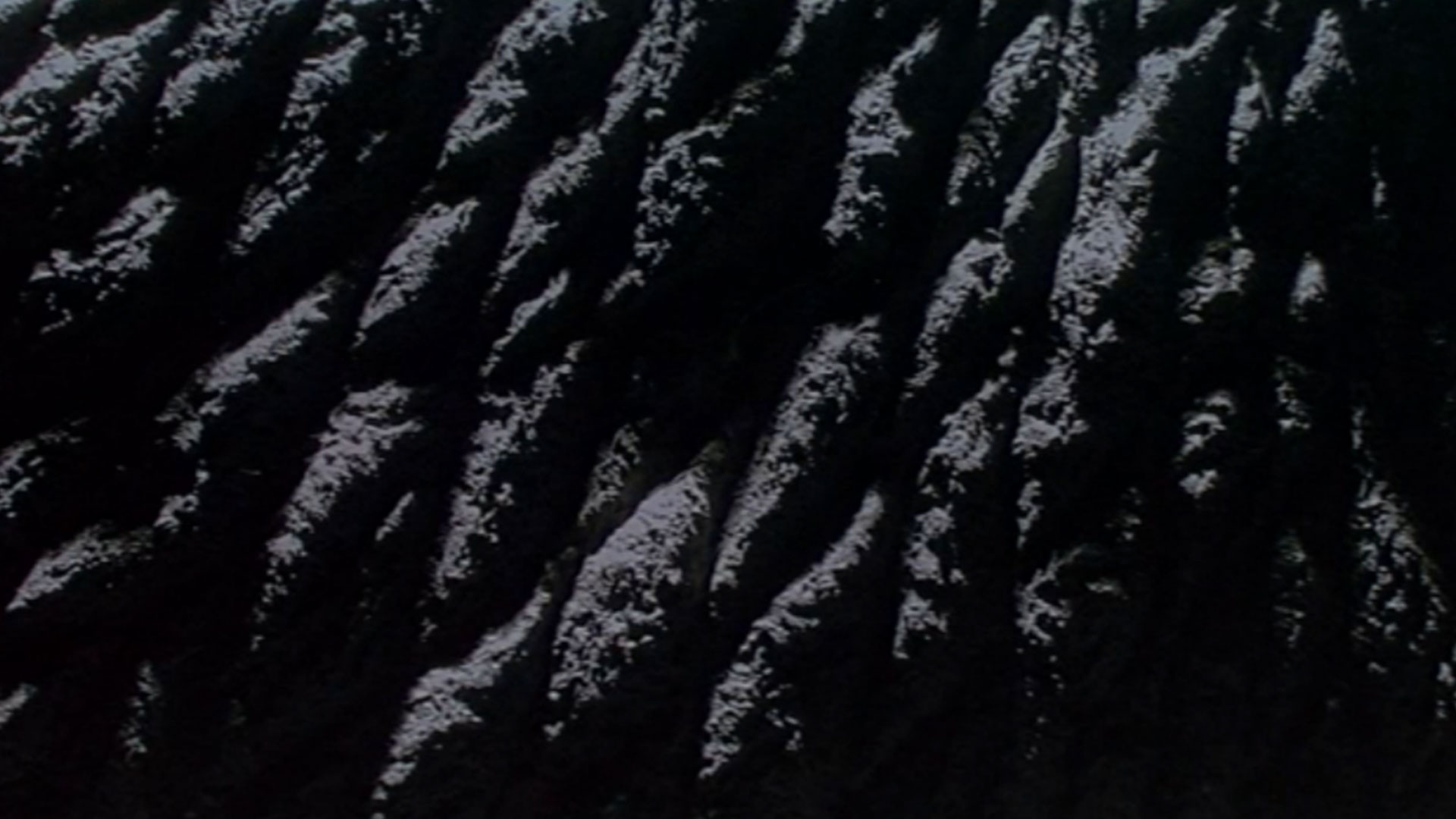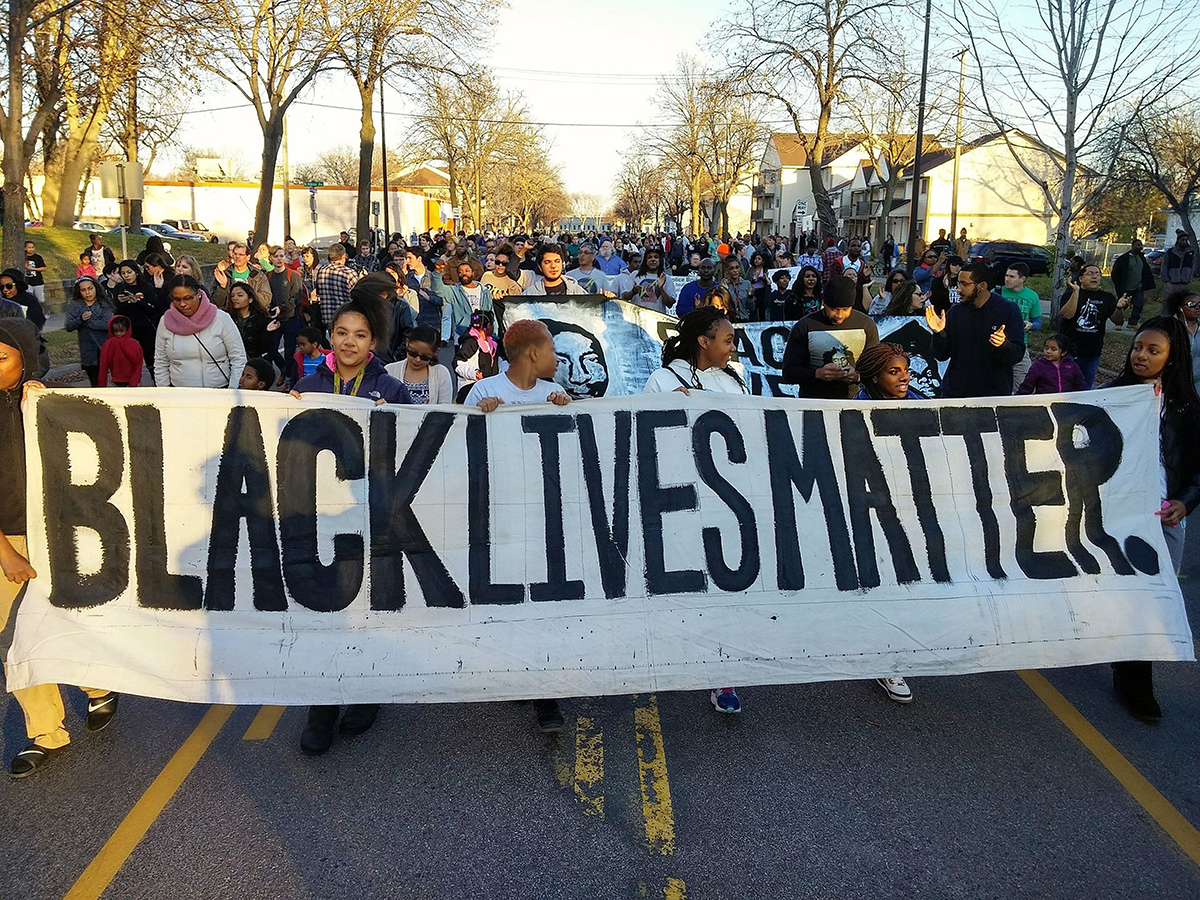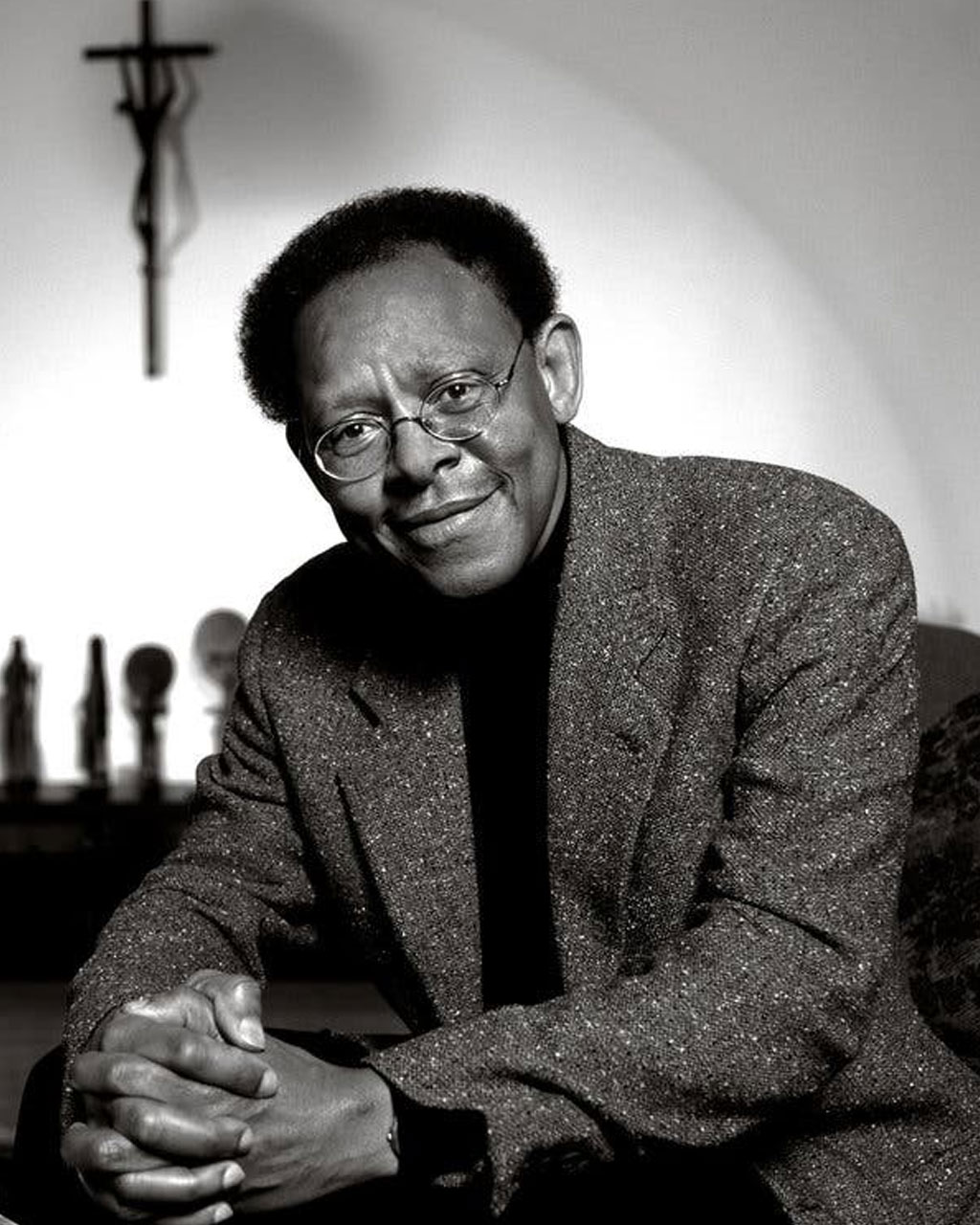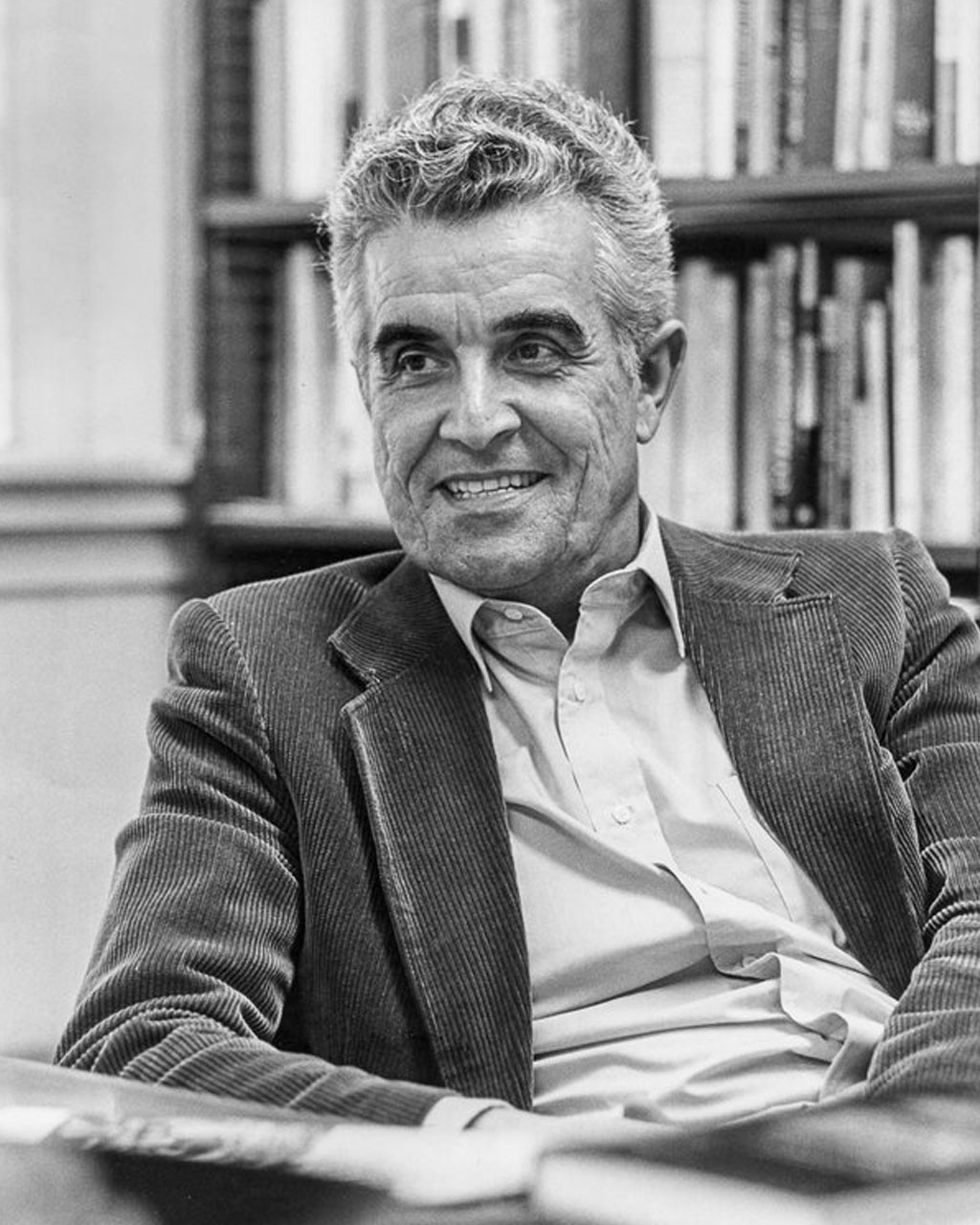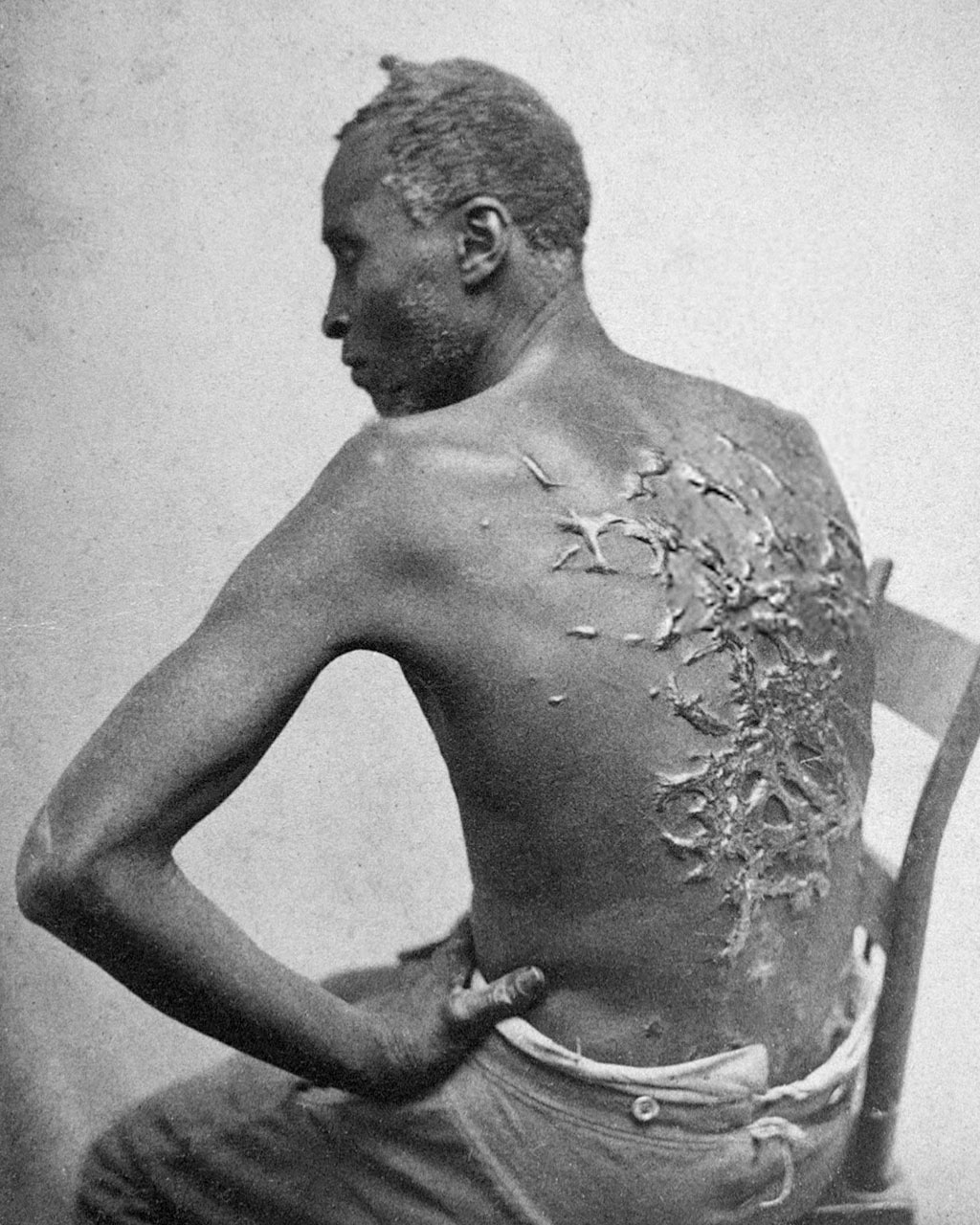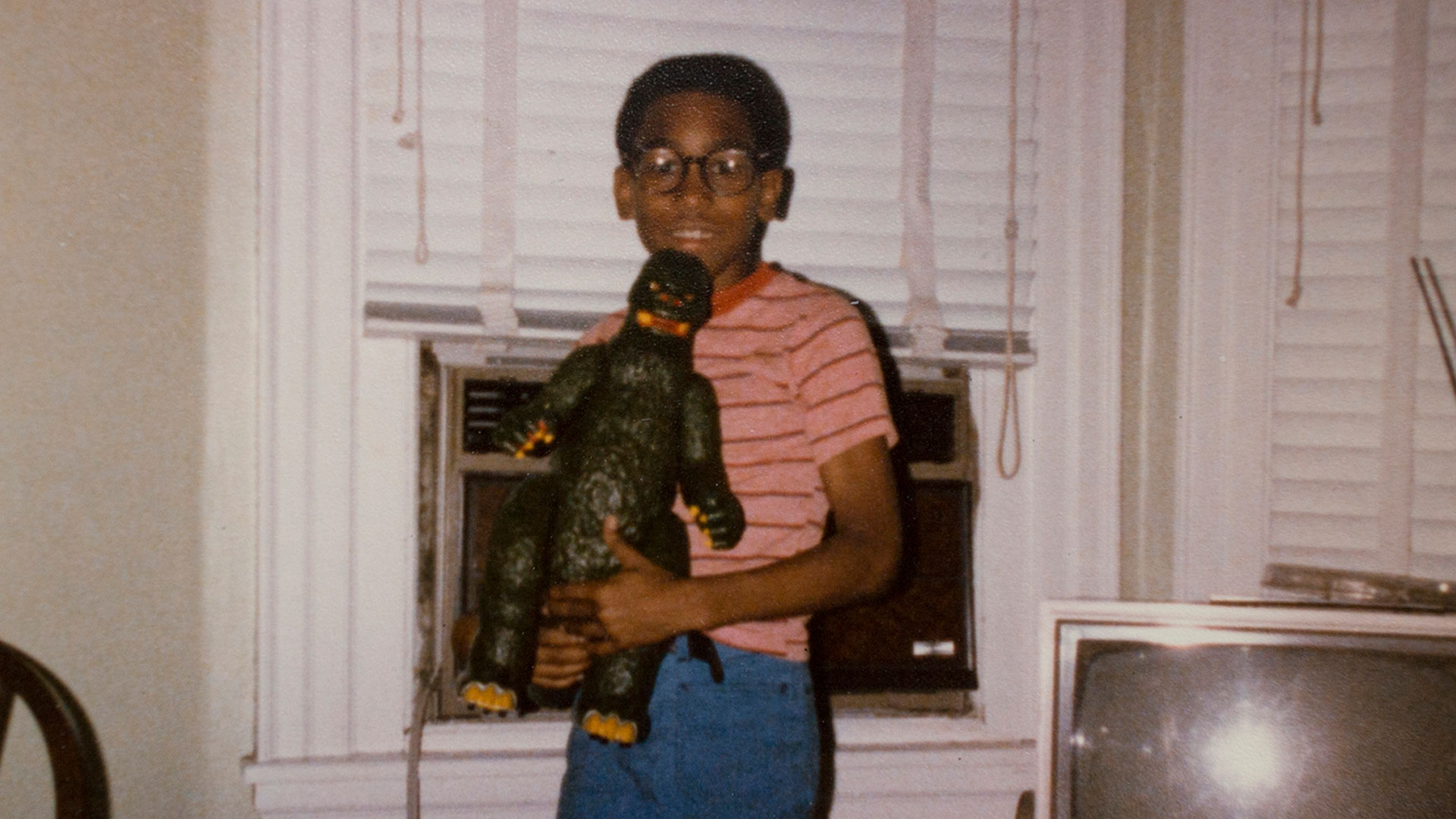Earlier today, I wrote about a recurring experience of black life. “Time flies, things change, and yet they remain the same.” Last year, while shopping in Giant supermarket, I was followed around by a large robot. It apparently considered me as a threat and thief. What was interesting about this robot was its large playful and goofy eyes. But it is was less than friendly. It was a threat to me. Although it was not human, it was created and programmed by humans, humans with biases that I have come to know all to well living in the states and living in my black skin. The robot followed me from aisle to aisle. Watching the robot triggered the double consciousness black people live with in American society. A supermarket worker saw how the robot was behaving and she quickly ran over and shut it down. Racist and implicit bias persists and permeates American life, in our thoughts, in our institutions, laws, policing, policies, and even our robots. Upon reflecting on this experience, I remembered my childhood experience when I and my best friend Eric were looking at toys in JCPenney department store. The salesperson followed us around the floor from aisle to aisle watching us and suspecting that we were going to steal. This experience and treatment have followed me throughout my life. So that until this very day, everywhere I go and in every store I enter, I feel I must always clearly show what I’m doing and what I have in my hands. I police myself everywhere I go and I’m policed everywhere I go. I’m treated according to my black s(k)in. The worst is thought of me, although I never being arrest, I never committing a crime, I never did any harm or violence. In Japan, I escaped and I was respected and I was treated well. It was like I was born again. I had a life and freedom I had never experienced in America. I experienced the humanity I and my community have been denied for so long. What I had in Japan I want that for my people.
